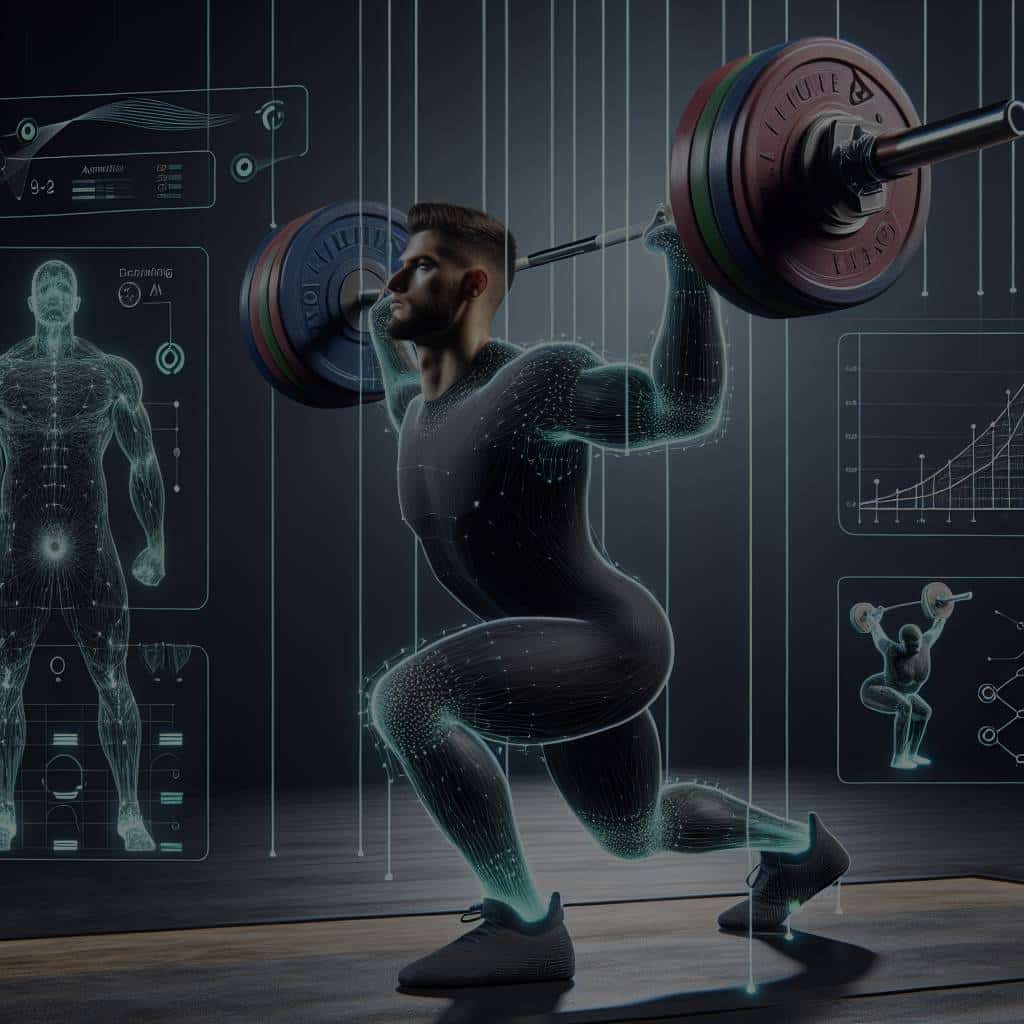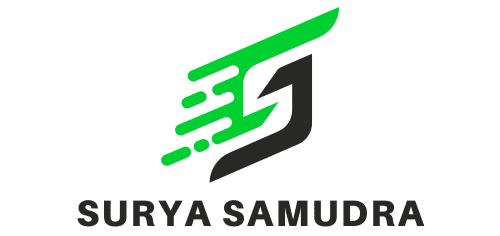How Can AI-Powered Motion Capture Improve Technique in Olympic Weightlifting?

The world of sports has constantly been evolving and adapting to new technologies to enhance athlete performance and training methods. One of the recent advancements is the use of Artificial Intelligence (AI) in the biometric analysis of sports performances. More specifically, AI-powered motion capture systems have gained significant attention in the field of Olympic weightlifting. This article will delve into how this cutting-edge technology can boost the technique and performance of athletes in this sport.
AI-Powered Motion Capture: A Brief Overview
Artificial Intelligence, popularly known as AI, has made significant strides in various sectors, including sports. The application of AI, particularly in motion capture, has become an essential tool for sports performance analysis.
Cela peut vous intéresser : What Are the Specific Nutritional Needs for Competitive Female Distance Runners?
AI-powered motion capture is a system that digitally captures and analyzes human movement. Using cameras and sensors, the system tracks athletes’ movements and translates it into digital data. This data is then processed by AI algorithms to provide detailed biomechanical analysis, including force production, velocity of movement, and barbell path.
For Olympic weightlifters, this information is invaluable. It offers detailed insight into their lifting technique, highlighting areas of strength and pinpointing aspects that need improvement. This objective, data-based feedback can significantly enhance their training routine and overall performance.
Cela peut vous intéresser : What’s the Best Way to Implement Video Replay Analysis in Hockey Training?
Importance of Technique in Olympic Weightlifting
No matter how much raw strength a weightlifter possesses, technique plays a key role in determining an athlete’s performance in Olympic weightlifting. This sport is not just about sheer power, it demands a careful balance of strength, agility, timing, and most importantly, impeccable technique.
Poor technique can lead to inefficiency issues, which can hamper athletic performance and even lead to injuries. Traditional methods of training relied on manual evaluation of an athlete’s technique. However, these methods often lack objectivity and accuracy, as they are prone to human error and bias. This is where AI-powered motion capture comes to the rescue, offering a more precise, unbiased, and data-driven approach.
Improving Technique with AI-Powered Motion Capture
The beauty of AI-powered motion capture lies in its ability to provide detailed, objective data on an athlete’s technique. By analyzing the velocity, force, and motion of the lifter and the barbell, the system provides an in-depth analysis of the lifting technique.
For instance, a key component of Olympic weightlifting is the barbell’s trajectory. An ideal trajectory involves the barbell moving in a straight line. Any deviation from this line can lead to inefficiencies and even injuries. AI-powered motion capture can track the exact path of the barbell, providing feedback on any deviations and suggesting ways to correct them.
In addition, the system can also analyze the lifter’s body movements. It can identify any imbalances or compensatory movements that might adversely affect the lift. By identifying these issues, athletes can work on correcting them, leading to improved technique and performance.
Integration of AI-Powered Motion Capture in Training Regime
Incorporating AI-powered motion capture into a training regime can significantly increase its effectiveness. By providing precise and objective feedback, the system allows athletes to focus on specific areas that need improvement.
Coaches can use this data to tailor training programs, set realistic goals, and monitor progress. The feedback from the system can also be used to make real-time corrections during training sessions, allowing for immediate improvement.
Moreover, the system can help prevent injuries. By identifying and correcting inefficient movements or techniques, athletes can minimize the risk of injury. In a sport like Olympic weightlifting, where athletes often push their bodies to the limit, this can be a game-changer.
Conclusion
AI-powered motion capture is revolutionizing the way athletes train and perform in Olympic weightlifting. By providing detailed, objective, and data-driven feedback, this technology helps athletes improve their technique, enhance performance, and reduce the risk of injury. As AI continues to advance, it is expected to play an even more significant role in sports training, ushering in a new era of athletic performance.
The Role of Advanced Technologies in AI-Powered Motion Capture
The advent of Advanced Technologies like machine learning, computer vision, deep learning, and neural network has significantly contributed to the development of AI-powered motion capture. These technologies enable the system to learn from the data it captures, improving its accuracy and effectiveness over time.
Machine learning, for instance, enables the capture system to learn from the data it collects. It uses this data to make predictions and provide detailed, accurate feedback on an athlete’s technique. Similarly, computer vision allows the system to interpret and understand visual data, helping it track and analyze the lifter’s movement and the barbell trajectory.
Deep learning, a subset of machine learning, takes it a step further by enabling the system to learn from its errors. It uses a neural network to replicate the human brain’s ability to learn and improve, making the system more intelligent and capable of providing more nuanced feedback.
In addition to these technologies, wearable technology like sensors play a crucial role in gathering data. They are attached to the athlete’s body, capturing real-time data on movements, ground reaction forces, velocity, and other key metrics. This data is then processed by AI algorithms for automatic analysis, providing detailed feedback on the athlete’s technique and performance.
The integration of these technologies, coupled with AI, presents an unprecedented opportunity for enhancing performance in Olympic weightlifting. By harnessing the power of these technologies, AI-powered motion capture systems offer a more detailed, accurate, and objective analysis than traditional methods.
The Future of AI-Powered Motion Capture in Olympic Weightlifting
Looking into the future, it’s clear that AI-powered motion capture has immense potential in the world of Olympic weightlifting. As these systems continue to evolve, they are expected to become even more accurate, efficient, and user-friendly.
One key development is the integration of AI-powered motion capture with fitness apps. These apps can provide athletes with real-time feedback during their training sessions, making them more interactive and engaging. By incorporating elements of gamification, these apps can motivate athletes to push their limits and strive for continuous improvement.
Another promising prospect lies in the realm of academic research. With the help of resources like Google Scholar and Scholar Crossref, researchers can access a wealth of data collected by AI-powered motion capture systems. This data can be used to conduct comprehensive studies on the biomechanics of weightlifting, leading to new insights and developments in the field.
Furthermore, as AI technology becomes more sophisticated, the possibility of a fully automated coaching system becomes more plausible. Such a system could analyze an athlete’s performance in real-time, provide instant feedback, and even suggest tailored training programs, all without human intervention.
Conclusion
In conclusion, AI-powered motion capture is a game-changer in the realm of Olympic weightlifting. Its ability to provide detailed, objective, and real-time feedback on an athlete’s technique and performance sets it apart from traditional training methods. By leveraging advanced technologies like machine learning, computer vision, deep learning, and wearable technology, this system offers a comprehensive solution for improving technique, enhancing performance, and reducing the risk of injury.
As we look ahead, the prospects of integrating AI-powered motion capture with fitness apps and the potential for academic research are truly exciting. As AI continues to advance, it promises to usher in a new era of athletic performance, transforming the way athletes train and perform in Olympic weightlifting.
